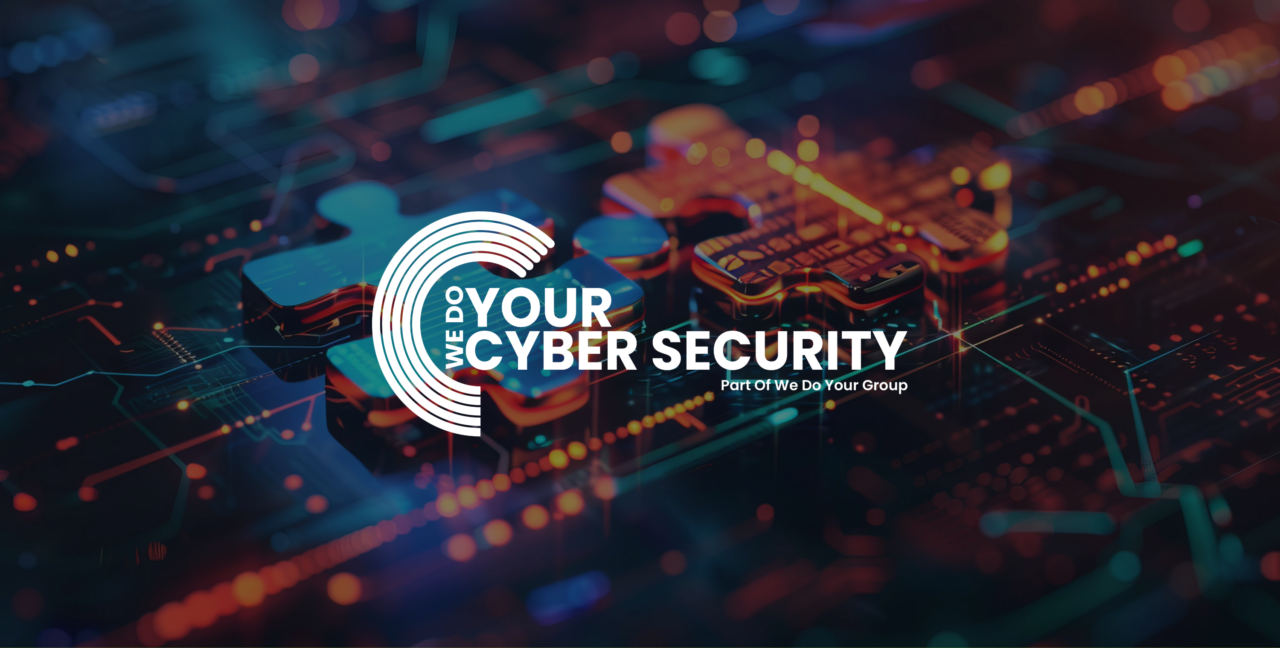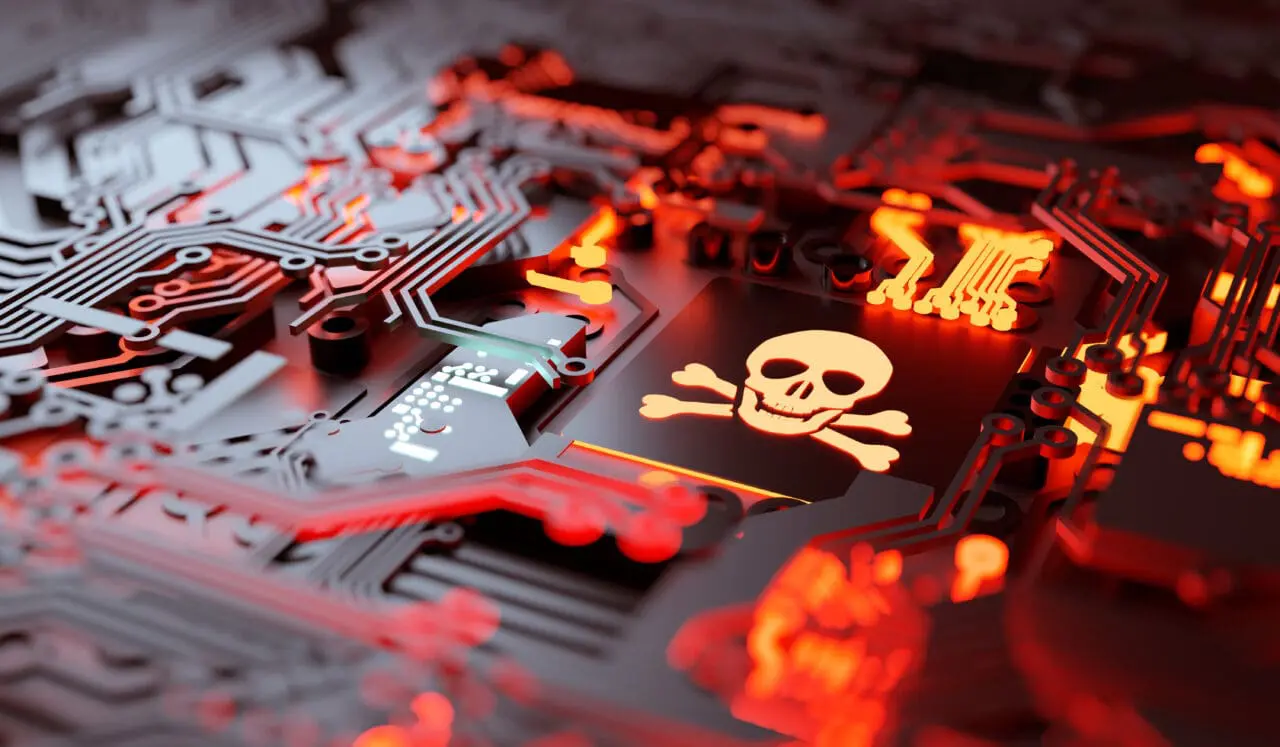

In what seems to be a paradigm shift in cybercrime, ransomware gangs have embraced media engagement as part of their strategic playbook. This tactic enables these underground organizations to control the narrative, exert pressure on their victims, and gain a tactical advantage. By making their attacks public, they simultaneously sow fear and elicit reaction, often leading to faster and larger ransom payments.
With cybercriminals becoming more sophisticated in their approach, businesses must evolve their cyber defense strategy. Taking into account this new PR-focused tactic, companies should invest in advanced cybersecurity measures and prepare a crisis communication plan to counteract the offender’s narrative, ensuring their reputation remains intact.
Ransomware gangs have progressed beyond simple attacks; they now employ complex tactics, including strategic use of the media. By understanding these strategies, we can develop more effective defenses and responses. This includes understanding the core drivers behind their attacks, their modus operandi, and the implications of their media engagement.
The world of ransomware has come a long way since its inception. The faceless cybercriminals of the past have evolved into well-structured, PR-savvy organizations. Their strategic media engagement, coupled with more robust and complex attacks, has intensified the impact and reach of their operations.
Ransomware gangs use media engagement to amplify their impact and pressure their victims. This strategy puts targeted businesses in the public eye, leading to reputational damage and potential financial losses. Therefore, businesses must understand these tactics to prepare an effective response strategy.
Public relations play a significant role in cybercrime, especially ransomware attacks. By engaging with the media, cybercriminals control the narrative of the attack, shape public opinion, and put pressure on their victims to pay. This PR approach underscores the need for businesses to have a robust crisis communication strategy in place.
Ransomware gangs’ motivations for engaging in PR activities are primarily tactical. By shaping the narrative, they generate public sympathy or outrage, influencing the responses of their victims and associated stakeholders. Understanding these motives can help in formulating effective defensive strategies and crisis communication plans.
Handling a ransomware attack requires a multifaceted response, especially with the added layer of media attention. Effective crisis management includes robust technical defenses, a well-crafted communication strategy, and a readiness to handle the public scrutiny that follows a publicized attack.
The Sophos whitepaper provides valuable insights into the evolving landscape of ransomware attacks. It underscores how media coverage can heighten the consequences of an attack, emphasizing the need for businesses to prepare ahead, both technologically and communicatively, to mitigate potential impacts.

This website uses cookies to improve your experience. Choose what you're happy with.
Required for the site to function and can't be switched off.
Help us improve the website. Turn on if you agree.
Used for ads and personalisation. Turn on if you agree.
This website uses cookies to improve your experience. Choose what you're happy with.
Required for the site to function and can't be switched off.
Help us improve the website. Turn on if you agree.
Used for ads and personalisation. Turn on if you agree.